Classification of electrical machines
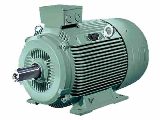 All electrical machines can be classified according to a number of characteristics.
All electrical machines can be classified according to a number of characteristics.
1. By prior arrangement:
- Electric generatorsconverting mechanical energy into electrical energy,
- Electric motorsconversion of electrical energy into mechanical energy (see process of energy conversion in electrical machines),
- Electrical machine converters that convert alternating current to direct current and vice versa, changing the voltage value, frequency and number of phases,
- Electric machine compensatorsgeneration of reactive power in electrical installations to improve the energy characteristics of sources and receivers of electricity,
- Electromechanical signal converters that generate, convert and amplify various signals.
2. By the nature of the flow:
- Direct current electrical machines,
- Alternating current electrical machines: synchronous, asynchronous,
3. By authority:
- Micromachines — up to 500 W,
- Low power machines — from 0.5 kW to 10 kW,
- Medium power machines — from 10 kW to 100 kW,
- High power machines — over 100 kW.
4. By rotation frequency:
- Low speed — up to 300 rpm,
- Average speed — from 300 rpm to 1500 rpm,
- High speed — from 1500 rpm to 6000 rpm,
— Ultra-fast — over 6,000 revolutions per minute.
5. By degree of protection:
-
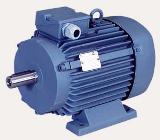 Open version (corresponds to degree of protection IP00),
Open version (corresponds to degree of protection IP00),
- Protected (IP21, IP22),
- Splash and drip resistant (IP23, IP24),
- Waterproof (IP55, IP56),
- Dustproof (IP65, IP66),
- Closed (IP44, IP54),
- Sealed (IP67, IP68).
6. By operational group
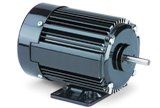 Each electrical machine belongs to a certain operational group, designated by M1 — M31. The specified group characterizes the adaptability of the machine to vibrations of a certain frequency, to accelerations and shocks. In general, general purpose machines belong to the M1 group, which provides for placement on walls or foundations in the absence of shock loads.
Each electrical machine belongs to a certain operational group, designated by M1 — M31. The specified group characterizes the adaptability of the machine to vibrations of a certain frequency, to accelerations and shocks. In general, general purpose machines belong to the M1 group, which provides for placement on walls or foundations in the absence of shock loads.
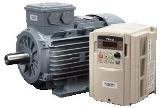 7. According to the duration and characteristics of the machine. The duration and characteristics of the machine's operation are characterized by the operation mode, which is indicated in the passport and is indicated by the letter S and the number from 1 to 8. The description of the operation modes is given in the regulatory documents. See here: Operating modes of electric motors.
7. According to the duration and characteristics of the machine. The duration and characteristics of the machine's operation are characterized by the operation mode, which is indicated in the passport and is indicated by the letter S and the number from 1 to 8. The description of the operation modes is given in the regulatory documents. See here: Operating modes of electric motors.
For example, S1 is a continuous mode in which the car has time to warm up to the set temperature. Mode of operation matters when choice of electric motors to operate various mechanisms.
The figure below shows the main classification of electrical machines according to the type of current, the principle of operation and the type of excitation.
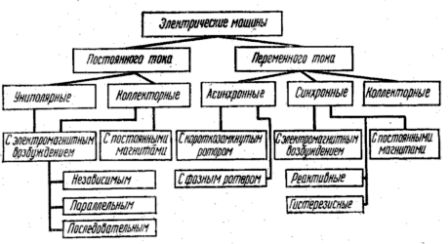
Classification of electrical machines
8. By installation method.
The design of the electric machine according to the installation method is indicated by the letters IM and four numbers, for example, IM1001, IM3001, etc.The first number characterizes the design of the machine (on legs — for installation on a horizontal surface, electrical machines with flange — for attachment to a vertical surface, etc.).
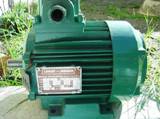 In addition, two numbers indicate the installation method and direction of the machine shaft end, and the last number indicates the design of the shaft end (cylindrical, conical, etc.)
In addition, two numbers indicate the installation method and direction of the machine shaft end, and the last number indicates the design of the shaft end (cylindrical, conical, etc.)
The main indicators and characteristics of the electric machine for which it is designed are called nominal and are indicated on name plateattached to the machine body.
